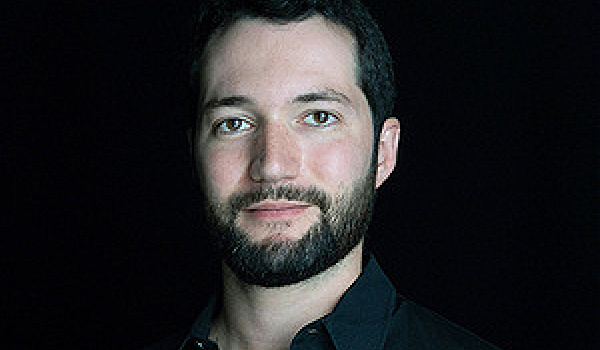Sarson Funds, Inc.
Like the old west before it, the metaverse is a frontier that is quickly closing.
But there are still a few cowboys left.
The metaverse wormed its way into headlines this year as Facebook founder Mark Zuckerberg announced his company’s foray into the area, rechristening it as “Meta.” In truth, Facebook has been rapidly expanding into virtual reality and the metaverse concept for some time, said Jonathan Ovadia, CEO of AEXLAB, publisher and developer of VAIL VR, an online multiplayer shooter game and virtual reality hub.
“Facebook has bought at least six studios in 12 months and is hiring ten thousand metaverse developers,” said Ovadia. “It’s actually quite alarming that all that talent is going to be sucked up by one company, a lot of other virtual reality studios can’t compete and it’s going to be damaging to the ecosystem, but it’s also a blessing in disguise because now a massive company openly believes in this space.”
However, Meta’s big move also makes it more difficult for independent, emerging virtual reality studios and developers to exist, sucking up a lot of the oxygen in the space. Ovadia said it has been difficult to raise money and gain attention as a VR developer because until recently, some people were hesitant and skeptical of emerging technology.
But Ovadia and AEXLAB have found greener pastures to raise money to support the development of VAIL VR in another emerging technology, turning to the digital assets space.
That’s when Ovadia learned about crowdfunding through non-fungible tokens, or NFTs.
“As I started learning about the benefits of NFTs, as a gamer, I realized we were onto something that will revolutionize how humans play,” he said.
AEXLAB has developed VAILiens for the metaverse, a set of NFTs that can serve as social pets that players can interact with in virtual reality.
Think of VAILiens as 3D, digital collectibles that exist in the VAIL VR game and can be carried throughout the connected metaverse. Because they are NFTs, they can be sold and traded openly, but each one is demonstrably unique or scarce.
“When I play big game franchises like Call of Duty or Fortnight, I invest thousands of dollars and time to earn or purchase in-game items, but then when a new game comes out and I switch over, all of that is lost,” said Ovadia. “I can’t sell it back, I can’t store the value, I just have the right to use the item. Now these items can be stored on the blockchain and live forever. They have value and liquidity and potential portability if other companies adopt open standards that allow them to accept and adopt these assets—so 3D, VR assets can exist across the world.”
To AEXLAB, the metaverse represents the ability to own and carry digital assets across virtual reality experiences seamlessly. Instead of a destination, it operates like an upgraded version of the internet connecting people’s virtual representations of themselves to digital places and experiences.
AEXLAB will sell 10,800 of VAILiens total to start, and they will be much more than digital pets.
“I liked the idea of being able to use NFT as a token of ownership, so at any given moments, we can see all users who own NFTs and treat them like a battlepass,” said Ovadia. “That means we could do things like give them in-game items for a month or air-drop them in-game tokens that serve as a member’s token.”
To that end, AEXLAB is building out a virtual social space as part of VAIL VR where community members can hang out, host meetings, throw parties or just be present and chat. Already, people have used VAIL VR to host meetings during the Covid-19 work-from-home era, including meetings for Alcoholics Anonymous.
If successful, AEXLAB will go much deeper with its use of NFTs
“A lot of games are doing play-to-earn gaming, but we’re excited about the possibilities of create-to-earn gaming where we give users the ability to create their own content as an NFT and sell it on a marketplace for other users to purchase, allowing people to build real skills within the metaverse,” said Ovadia. “The metaverse could create 10s of millions of jobs for highly skilled, passionate workers and improve the quality of the labor force for software developers in our country.”
“We’re one of the last fully independent VR studios in the space, and we’re excited about what’s happening. We hope the community sees what we see.”







